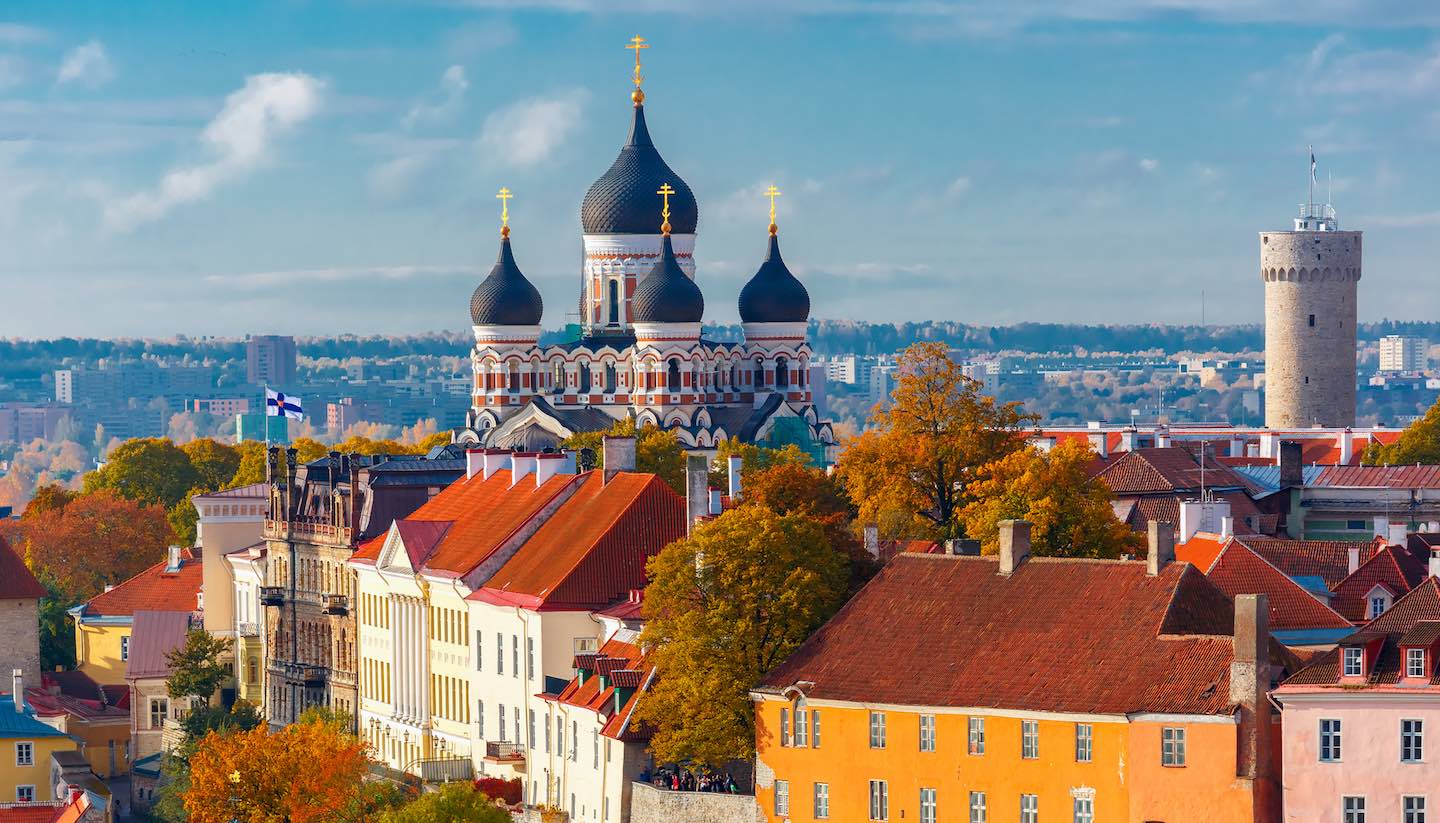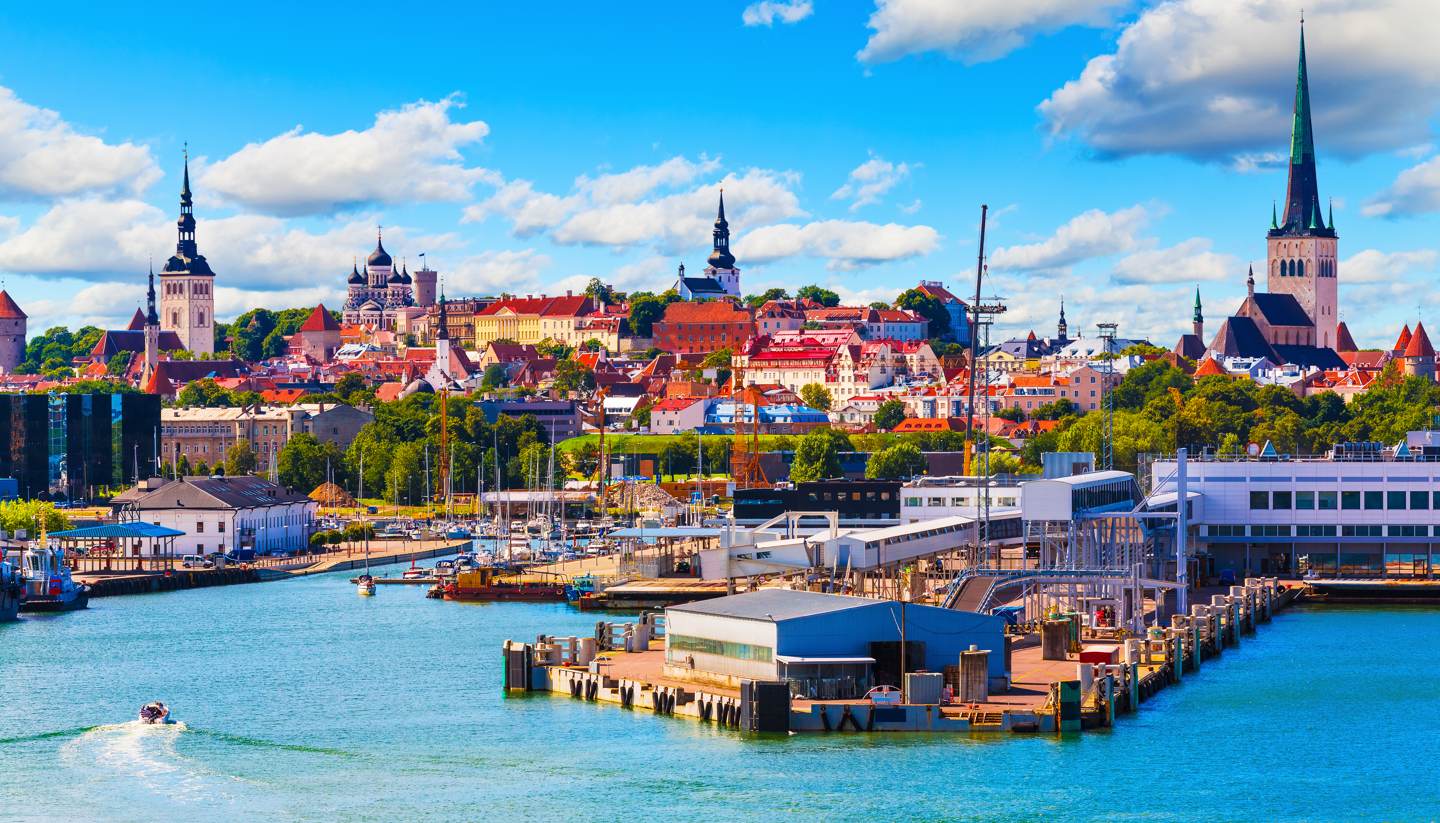Tallinn Travel Guide
About Tallinn
Perched on the southern shores of the Gulf of Finland, the Estonian capital Tallinn boasts the kind of stunning, chocolate box Old Town that Disney executives can only dream of.
It revels in cobbles, castles and church spires, laced with an eye-catching smorgasbord of medieval and baroque architecture. But it's not all pretty palaces and pleasing courtyards, the city is swiftly becoming a modern force to be reckoned with as gleaming new hotels and elegantly designed towers spring up in and around the centre.
Nevertheless, history looms large in the city that was known as Reval from the start of the late 13th century until it and the rest of Estonia were ceded to the fledgling Soviet Union in 1918. The city then changed its name to Tallinn. Today, Tallinn is home to one of the best preserved medieval Old Towns in Europe, a UNESCO World Heritage Site. It is also a forward-looking city with an attitude accelerated by independence in 1991 and its accession to EU membership in 2004.
Some may argue that not all of the change has been positive for the city as its enduring popularity as a place for stag parties is a continuing source of concern. However, as a thriving tech start-ups location with a burgeoning art scene, an eclectic collection of restaurants and excellent bars, there's more good than bad to be found. For all its glittering new buildings and partying stags, some traditions remain - not least its passion for gingerbread which Tallinn is thought to have presented to the world somewhere around the 13th century.
Markets crammed with quirky antiques, fabulous handicrafts and lethal homemade vodka make Tallinn a shopping experience to be reckoned with, while its golden sandy beaches come into their own during the summer.
Whether you're after a party weekend or a week getting to grips with one of the oldest cultural centres in Europe, Tallinn most definitely delivers.



